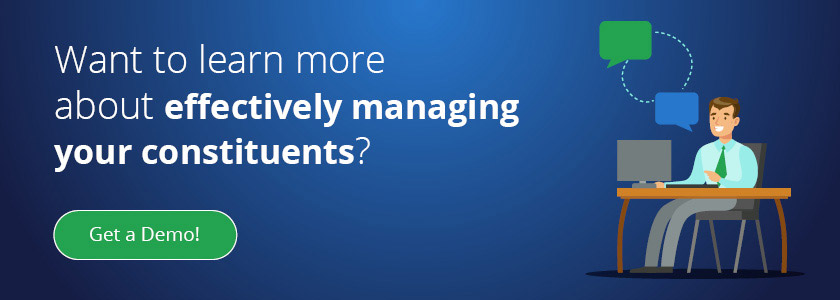Donor Management Software: The Smart Nonprofit's Guide
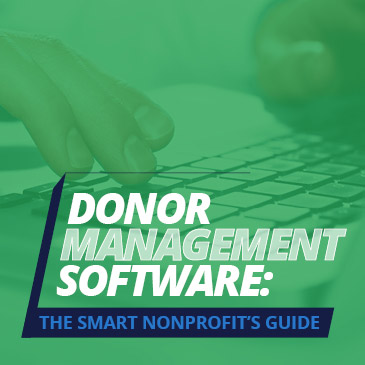

Your organization’s relationships with donors are some of its most crucial connections. It typically requires less effort to steward existing donors to continue giving than to solicit new first-time donors again and again.
How can you ensure that you have the tools you need to successfully cultivate, maintain, and strengthen the relationships between your nonprofit and your donors?
The answer is donor management software, a centralized integrated platform for tracking all kinds of donor data and driving meaningful engagement.
Many donor management software packages are available. To aid your decision-making, we've compiled a list of things to consider before making a purchase.
- What is donor management?
- What is donor management software?
- What are the benefits of using it?
- What are the most important features?
- How do I choose the right provider?
- How do I maximize the usage of new software?

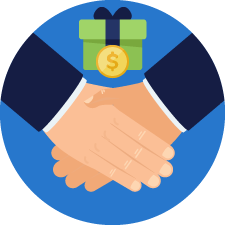
1. What is donor management?
Donor management is the process of tracking donor interactions to build stronger relationships. An ideal donor management strategy allows you to record information about every transaction and interaction, from donation dates and amounts all the way to logging every communication between team members and donors.
Managing this depth of donor data can be difficult, especially for larger nonprofits. But, even smaller organizations can benefit from the wealth of features that donor management software delivers.

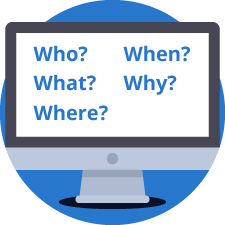
2. What is donor management software?
Because understanding donors is key to tailoring stewardship strategies, nonprofits benefit from storing as much donor information as possible in a single, centralized location.
Constituent or customer relationship management (CRM) solutions are widely used by both for-profit and nonprofit organizations for exactly that purpose. Donor management software is a CRM solution designed specifically for nonprofits.

3. What are the benefits of using donor management software?
Donor management software helps nonprofits streamline data collection processes, making it possible to analyze and optimize fundraising strategies as well as personalize outreach efforts. Additional benefits of donor relationship management solutions include:

- Delivering a 360-degree view of your donor relationship. A comprehensive donor database allows you to query, view, and draw conclusions from aggregated data about donations, amounts, volunteer history, event attendance, and personal interactions with your nonprofit’s staff.
- Increasing donor retention. Donor management software can trigger alerts to remind your team when to reach out to a donor again. And, with complete donor information in a single database, you can use analytics and reporting tools to determine the best time to reach out, the most effective communications methods, and even how much to ask for.
- Strengthening multi-channel fundraising efforts. Comprehensive donor management software supports all kinds of fundraising strategies, from generating personalized letters to helping identify which constituents are most likely to respond to different fundraising campaigns.
- Increase efficiency and productivity. With cleaner data, standardized information, and built-in or integrated communication tools, your staff will be more efficient in soliciting donations, sending follow-ups, organizing events, and compiling reports.

4. What are the most important features of donor management software?
Before choosing donor management software, your team should take the time to identify and understand the features that they need the most.
Customizability and flexibility
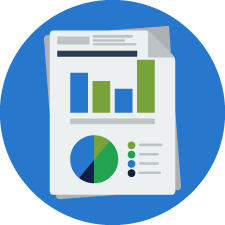
When evaluating donor management software, it’s important to keep in mind that one size does not fit all. However, there are some common elements that are generally important for any nonprofit:
- Building custom reports based on your key metrics.
- Adding custom fields to donor profiles for improved understanding and segmentation.
- Ensuring that data can flow from your donor management software to any other software your organization needs and vice versa.
- Designing custom dashboards to quickly provide visual updates on the information you need most.
Ease of implementation and use
Effective implementation of donor management software is crucial for your team’s success. If implementation takes a long time to complete or if your system fails to accurately import your existing donor data, you might miss out on valuable opportunities.
Ideally, donor management software will fit into place with minimal disruption. An intuitive interface, as well as comprehensive training and support, will ensure that your team can get back to business as soon as possible.
Another important piece of the implementation puzzle is deciding how new donor management software will fit into your existing technology infrastructure and business processes. A donor management solution that doesn’t integrate easily with other business and productivity tools, or donor management software that can’t accommodate your existing donor data, is essentially a liability. Here are a few important issues to consider.
Subledger capabilities
A fundraising CRM that also supports your organization’s accounting process can dramatically simplify and improve your nonprofit’s ability to share and reconcile data between the fundraising and finance departments.
To serve as a subledger, your donor management software must track detailed accounting information for each transaction and apply the correct code or codes required by the finance team.
Important details that donor management software should track in its subledger features are:
- Project- and time-based restrictions.
- Donations and pledge receivables.
- Whether or not a specific transaction has been sent to the finance department.
Having these features included in your donor management software can help your organization save time by automating the reconciliation process.
Event planning and registration
Depending on your nonprofit’s needs, the best comprehensive donor management solution may also support event management.

The ability to plan your events within your donor management software can be a huge boon for multichannel fundraising because you can track and manage every element across every channel in a single location. For most nonprofits, a single integrated software solution better serves their needs than using a dozen different software programs for different functions.
With integrated event planning and management built into your donor management software, your team will be able to:
- Track event expenses within your overall budgeting strategy.
- Create assignments and manage staffers and volunteers.
- Track ROI for all fundraising campaigns, including events.
Stewardship tools for major gifts
Donor management software can be your greatest resource when soliciting, cultivating, and stewarding major gifts. It helps to simplify and streamline tasks that include:
- Conducting prospect research and identifying key prospects.
- Understanding all information relevant to a specific prospect or proposal.
- Automatically scheduling follow-up activities in your cultivation process.
- Monitoring metrics like return on investment, donor retention, proposals, segments, and more.
By providing all the data and tracking tools your team needs, an effective donor management software solution can quantify and standardize a range of business processes. This ensures consistency and predictability throughout your major gift process.
Reporting and analytics
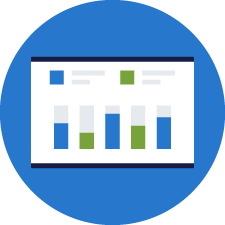
Data-driven decisions are smarter decisions. Teams throughout your organization will benefit from being able to see all kinds of relevant data in easily understandable reports.
While many of the exact reports that your organization needs depend on your operations, almost every nonprofit can benefit from a suite of standard reports that include:
- Analysis of donors, appeals, gifts, opportunities, and more.
- ROI reports for events, fundraising campaigns, and appeals.
- Reports for individual subunits of your organization, like offices or chapters of larger nonprofits.
In addition to a range of built-in standard reports, an effective donor management solution will make it easy to customize standard reports and create new reports from scratch that meet your nonprofit’s needs. Another useful feature is the ability to schedule reports to run automatically.

5. How do I choose the right donor management software provider?
When considering donor management software, the software itself is only one part of the equation. Be sure to ask vendors about the kind of services and support they offer before, during, and after the purchase. Issues to consider include the following.
1. Your annual budget and donor population
Software solutions are built for different sizes and types of organizations. Some are designed to support smaller communities, while others are best suited for larger organizations with multiple chapters.
Think about your organization. What’s your current fundraising capacity? Are you a single organization, an individual chapter of a larger organization, or the corporate headquarters of a massive nonprofit? How much funding do you receive and how many major donors do you solicit a year? And, perhaps most importantly, how much and in what areas do you want your organization to grow?
Considering these issues can help your team choose a solution that supports not only your current requirements and budget but also your plans and goals for the next three, five, or even ten years. Choosing a solution that meets your current needs and can grow with your organization (and help it grow) greatly increases your capacity and supports your mission.

2. The vendor’s configuration and implementation strategy
When evaluating vendors for donor management software, make sure that they understand and can meet your requirements for customization. Some common customization features that nonprofits need include:
- Custom reporting
- Special triggers
- Custom data fields throughout the program that are accessible for data entry and for reports
Another important issue is whether the provider will work with your team through installation, implementation, training, and support.
Customer support is especially important for nonprofits that need donor management software with high availability and near-constant operation. If something does go wrong, you want to be able to contact your provider immediately so that issues are addressed as quickly as possible.
3. Integration and data migration support.
Another issue to consider is whether your new donor management software solution can seamlessly share data with your other software programs.
For some needs, the donor management solution might replace existing software, in which case exporting and importing data is required.
For other needs, your organization may still use a different software package. Because of this, you’ll want to be sure that the donor management software can easily and reliably share data with other systems.
Be prepared to spend some time determining which existing data should be imported to the donor management solution, which data will remain in other solutions, and how to ensure that all imports, exports, and integrations are accurate and complete.
When considering a donor management solution vendor, be sure to ask about the following issues:
- Will they help you migrate data from your previous donor data software into the new solution?
- Will they help create an integration strategy to ensure that data moves smoothly between different aspects of your nonprofit’s technology suite?
- Will they help you develop strategies for your new technology-enabled processes?
While your IT team will likely be responsible for keeping the donor management solution running smoothly, ongoing vendor support is crucial. This support ensures that the software delivers the features and data that your teams require.
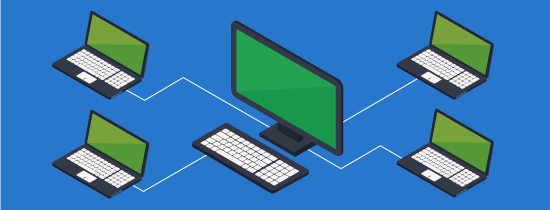

6. How do I maximize the usage of new donor management software?
Donor management solutions can streamline and simplify fundraising, but only if your team is using the software to its fullest capacity.
Here are a few tips:
- Learn to create actionable insights from reports. Reporting and analytics tools can do more than show your current status; they can also provide the forecasting information you need to plan for the future. Examples include identifying which fundraising avenues are most successful, which communication strategies generate the highest ROI, and which marketing campaigns are most effective.
- Review your solicitation timelines to strengthen your strategy. For example, at what point in the process are potential donors dropping off? If you can pinpoint where you’re losing the most prospects, you’ve identified where you need to change your strategies.
- Create or strengthen your membership management strategy. If you’re at a membership organization, tracking membership activity and information can reveal insights about members’ preferences. From here, it can help you identify, analyze, and act on trends.
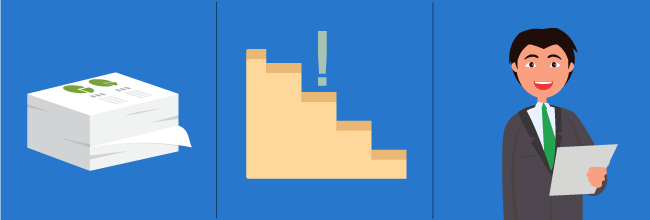
Donor management software can make a world of difference for your nonprofit by making it faster and easier to identify opportunities and cultivate long-term relationships. Make sure your team can make the most of your donor management solution by providing detailed requirements that account for different user roles and data needs. Also, be sure that the vendor will be a trusted partner in providing ongoing support.
If you enjoyed this article and want to learn more about fundraising best practices, software suggestions, and more, check out a few of our favorite resources:
- Donor Segmentation. Learn how to increase your fundraising potential by implementing donor segmentation in your donor management system!
- The Ultimate Nonprofit’s Guide to End-of-Year Giving. This comprehensive guide from our friends at OneCause has suggestions for maximizing your end-of-year fundraising campaign and setting your team up for success in the coming year.
- Nonprofit Fundraising. Learn ways that your donor management system can help your team with fundraising fundamentals so you can spend more time building effective campaigns.
